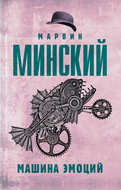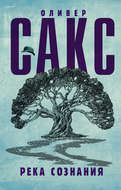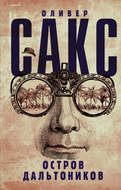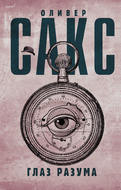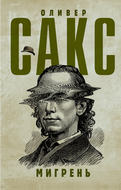«Музыкофилия» kitobidan iqtiboslar

Мой друг Джером Брунер, страстный любитель музыки, рассказывал, что однажды поставил на проигрыватель пластинку с любимым произведением Моцарта, с удовольствием его послушал, а когда подошел к проигрывателю, чтобы перевернуть пластинку, обнаружил, что забыл проиграть начало.

Professional musicians, in general, possess what most of us would regard as remarkable powers of musical imagery. Many composers, indeed, do not compose initially or entirely at an instrument but in their minds. There is no more extraordinary example of this than Beethoven, who continued to compose (and whose compositions rose to greater and greater heights) years after he had become totally deaf. It is possible that his musical imagery was even intensified by deafness, for with the removal of normal auditory input, the auditory cortex may become hypersensitive, with heightened powers of musical imagery (and sometimes even auditory hallucinations).

Gian Beeli, Michaela Esslen, and Lutz Jäncke, researchers in Zurich, have described a professional musician with both music-color and music-taste synesthesia: “Whenever she hears a specific musical interval, she automatically experiences a taste on her tongue that is consistently linked to that musical interval.” In a 2005 article in Nature, they detailed her associations:Minor second - Sour;
Major second - Bitter;
Minor third - Salty;
Major third - Sweet;
Fourth - (Mown grass);
Tritone - (Disgust);
Fifth - Pure water;
Minor sixth - Cream;
Major sixth - Low-fat cream;
Minor seventh - Bitter;
Major seventh - Sour;
Octave - No taste.

Music can also evoke worlds very different from the personal, remembered worlds of events, people, places we have known.

Anatomists today would be hard put to identify the brain of a visual artist, a writer or a mathematician - but they would recognize the brain of a professional musician without moment's hesitation.

What an odd thing it is to see an entire species -- billions of people -- playing with, listening to meaningless tonal patterns, occupied and preoccupied for much of their time by what they call 'music.'

Given her deafness, the auditory part of the brain, deprived of its usual input, had started to generate a spontaneous activity of its own, and this took the form of musical hallucinations, mostly musical memories from her earlier life. The brain needed to stay incessantly active, and if it was not getting its usual stimulation..., it would create its own stimulation in the form of hallucinations.

It really is a very odd business that all of us, to varying degrees, have music in our heads.

There is certainly a universal and unconscious propensity to impose a rhythm even when one hears a series of identical sounds at constant intervals... We tend to hear the sound of a digital clock, for example, as "tick-tock, tick-tock" - even though it is actually "tick tick, tick tick.

Music, uniquely among the arts, is both completely abstract and profoundly emotional. It has no power to represent anything particular or external, but it has a unique power to express inner states or feelings. Music can pierce the heart directly; it needs no mediation.


